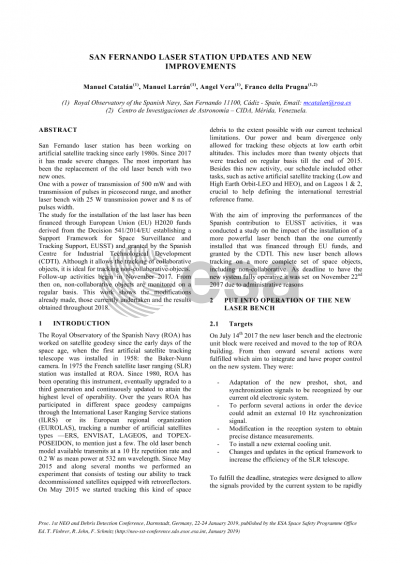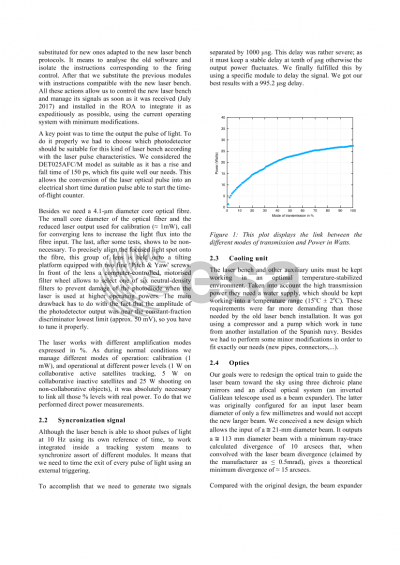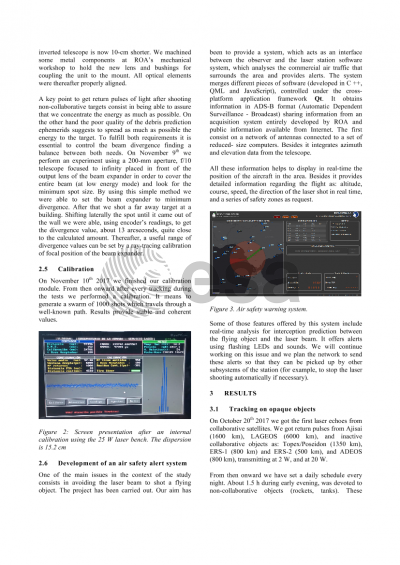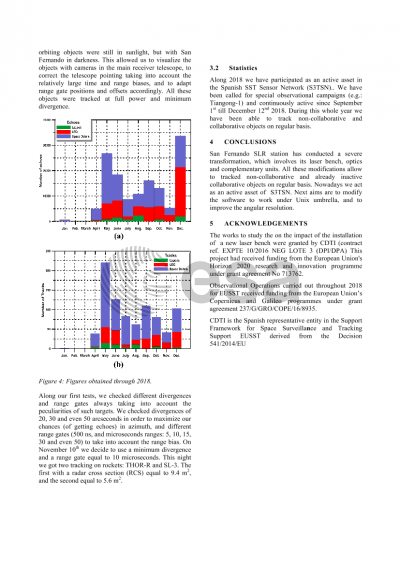Document details
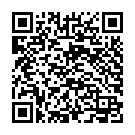
Abstract
The San Fernando laser station has been working on artificial satellite tracking since early 1980s.
Since 2017 he has made severe changes. The first has been the replacement of the old laser bench with two new ones.
One with a power of transmission of 500 mW and with transmission of pulses in "ps", and another with 25 W transmission power and 8 ns of width of pulses.
This laser has been financed through EU funds (Decision 541/2014 / EU) by the Spanish Centre for Industrial Technological Development. Although it allows the tracking of collaborative objects, it is ideal for tracking non-collaborative objects. Its implementation has meant the realization of strong modifications in the hardware, and currently are being conducted changes in the software which manage and control the station.
Its high transmission power, and the fact that the laser station is close to the Strait of Gibraltar, makes this area a very used pathway for transatlantic flights. So the security of these flights must be guaranteed. For this reason, a specific software has been developed to detect these flights, to position them and alerts the observer.
Follow-up activities begin in November 2017. From then on, non-collaborative objects are monitored on a regular basis.
This work shows the modifications already made, those currently undertaken and the results obtained throughout 2018.
Preview
